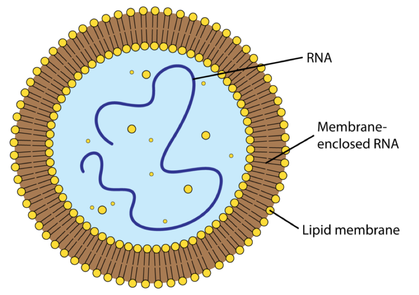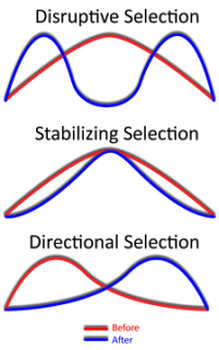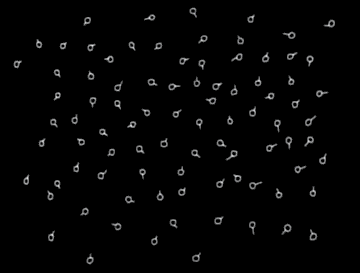heterotroph hypothesisThe earliest cells were probably heterotrophs. Most likely they got their energy from other molecules in the organic “soup.” However, by about 3 billion years ago, a new way of obtaining energy evolved. This new way was photosynthesis. Through photosynthesis, organisms could use sunlight to make food from carbon dioxide and water. These organisms were the first autotrophs. They provided food for themselves and for other organisms that began to consume them.
After photosynthesis evolved, oxygen started to accumulate in the atmosphere. This has been dubbed the “oxygen catastrophe.” Why? Oxygen was toxic to most early cells because they had evolved in its absence. As a result, many of them died out. The few that survived evolved a new way to take advantage of the oxygen. This second major innovation was cellular respiration. It allowed cells to use oxygen to obtain more energy from organic molecules. LamarckJean Baptiste Lamarck (1744–1829) was an important French naturalist. He was one of the first scientists to propose that species change over time. However, Lamarck was wrong about how species change. His idea of the inheritance of acquired characteristics is incorrect. Traits an organism develops during its own life time cannot be passed on to offspring, as Lamarck believed.
Need -organisms strive to better then selves and become more successful Use and Disuse -Used parts advance, unused parts fade or disappear Inheritance of Acquired Traits -modified body structures during the life of an organism are passed onto their offspring How was this theory disputed? Weissman's experiments with mice. Darwin
Darwin spent many years thinking about the work of Lamarck, Lyell, and Malthus, what he had seen on his voyage, and artificial selection. What did all this mean? How did it all fit together? It fits together in Darwin’s theory of evolution by natural selection. It’s easy to see how all of these influences helped shape Darwin’s ideas.
EVOLUTION OF DARWIN’S THEORY It took Darwin years to form his theory of evolution by natural selection. His reasoning went like this:
APPLYING DARWIN’S THEORY The following example applies Darwin’s theory. It explains how giraffes came to have such long necks.
|
EvolutionFlash animationsFiles:Vocabulary
Helpful linksAbove are some but not all of our vestigial structures.
Xiphoid process is another, google it! I personally have heard the wisdom teeth were more for chewing vegetation, rather than meat as stated in the video, since they are grinding teeth rather than tearing, no matter, they are still vestigial now. |
Peppered Moths, Evolution in progress!






